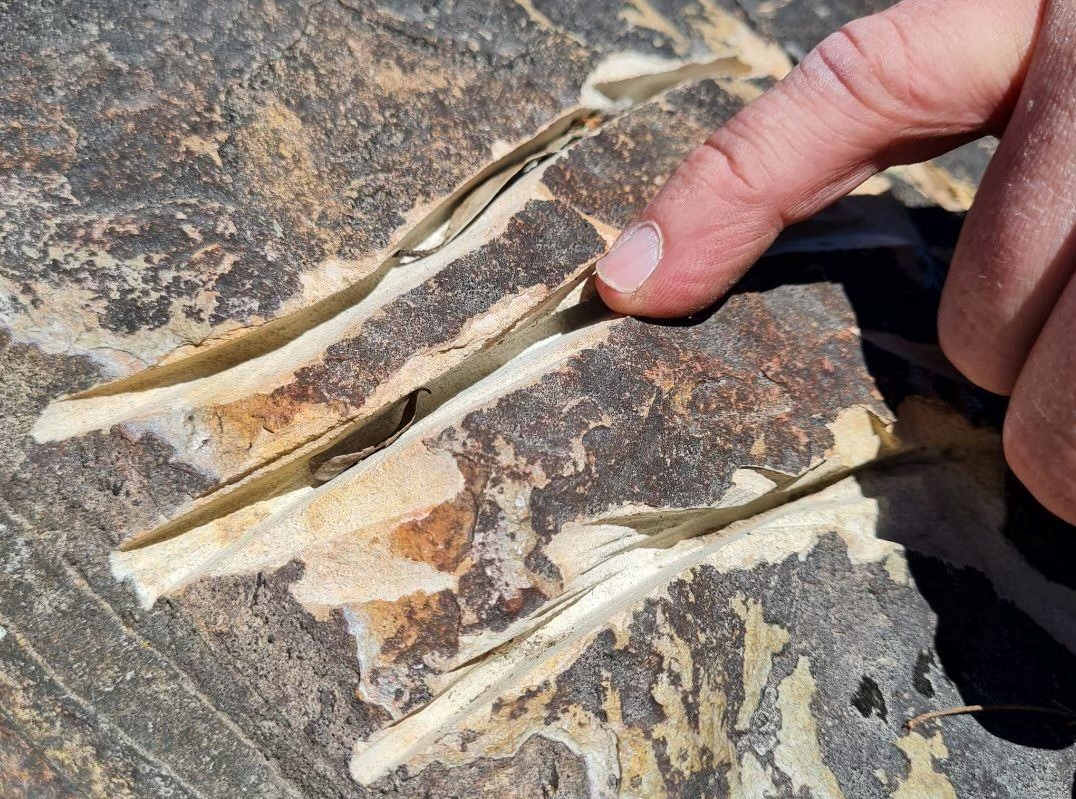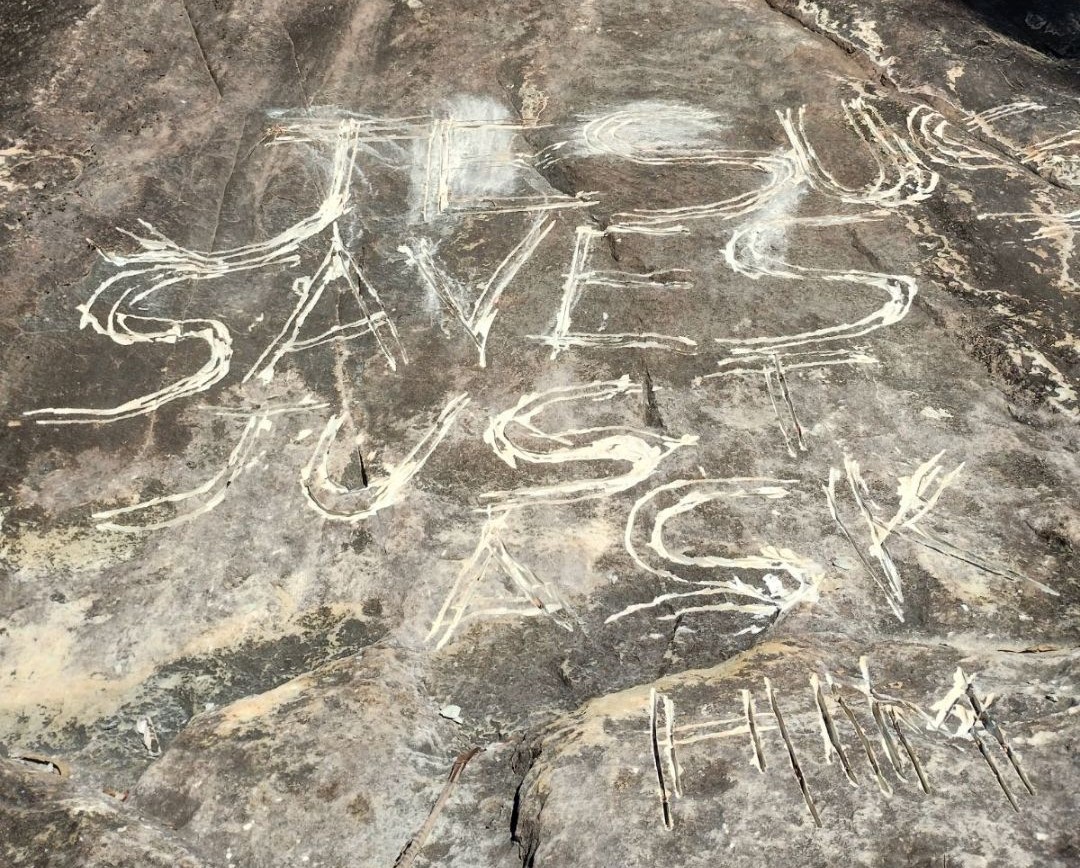The defacing of Mount Beerwah in May was like gouging the face of a natural beauty, damaging a masterpiece millions of years old or the equivalent of blowing up a church.
A power tool – possibly a grinder – was used in the crime.
That the vandals made reference to Jesus somehow just made it feel more twisted.
Anyone who has walked or even picnicked in and around the Glass House Mountains National Park knows what a special patch it is: if you are quiet, you can almost hear its ancient heart beating.
For the local traditional owners, the Jinibara People, that reverence and sense of custodianship is amplified.
Mount Beerwah was closed for what the Queensland Parks and Wildlife Service called cultural healing.
It opened again this month.
No one has been charged over the assault on the mountain, and it is difficult to understand what the vandal was thinking.

It is worrying to think people with such a lack of respect for nature and culture are walking among us.
I came upon a tourist carving her name into the lookout above Champagne Pools on K’gari in June.
She had the audacity to film herself doing it, smiling and giving the peace sign.
I saw red and spoke up, hopefully ruining the clip’s chance of being deemed Instagram-worthy.
What a grub.
Intentionally damaging property is an offence in Queensland under the Criminal Code.
A person can be pinched for deliberately causing harm, such as the carver on the face of Mount Beerwah, or having reckless disregard as to the risk of damage (doing doughnuts on and ripping up a footy field, for example).
But there is a whole worse category of wilful damage reserved for 11 kinds of behaviour.
Subscribe to our FREE daily news feed. All it requires is your name and email at the bottom of this article.

Blowing something up, defacing a gravestone or damaging a seawall are examples of these – along with that, prevalent but horrible graffiti, particularly if it is on a ‘thing of special value’.
Mount Beerwah is certainly such a ‘thing’.
Defacing such an item can get a person seven years in the clink, a whopping fine and a clean-up order.
But even if they don’t get caught or prosecuted, vandals who write, draw, scratch or tag things that are not theirs are lowlifes in our society.
We should never call people who do such things graffiti artists.
We should call them what they really are: criminals and vandals.
Dr Jane Stephens is a UniSC journalism lecturer, media commentator and writer.





